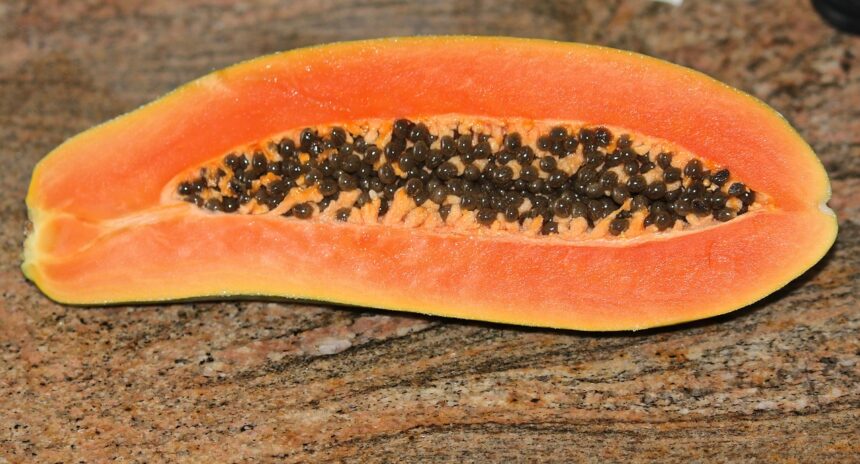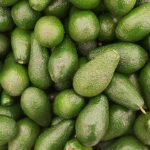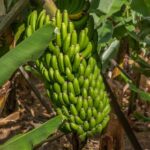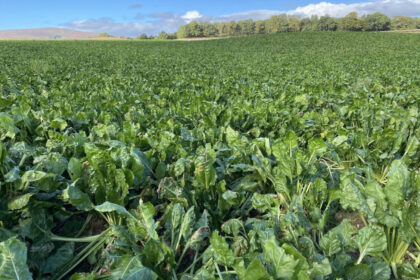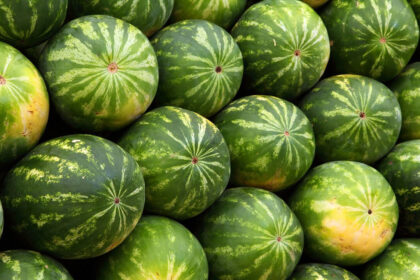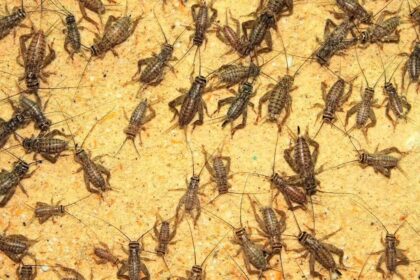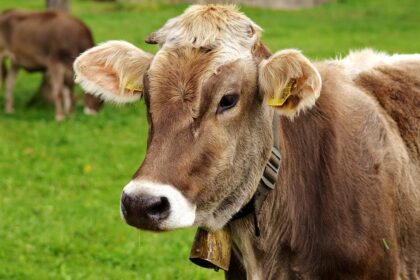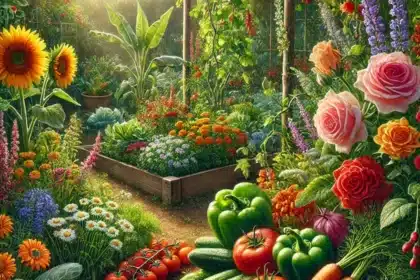Did you know that Pawpaw farming in Kenya is carried out only on a small scale? Today, we’re here to discuss this crop’s cost, uses, and cultivation in Kenya.
Pawpaw, aka Papaya, whose scientific name is Carica papaya (Linnaeus), belongs to the family Caricaceae which includes popular crops in Equatorial Africa, Central America, and southern Africa.
It has a reasonably rapid growth but is not very long-lived, not exceeding 20-25 years of age.
Pawpaw Farming in Kenya: Revenue
Pawpaw is an exotic fruit in our country, and there is still a market for this niche. Bearing this in mind, if you decide to start pawpaw farming in Kenya, carefully evaluating the revenues deriving from this activity will be necessary.
Although Pawpaw farming in Kenya may be intended for the local market, it’s in high demand.
However, in various countries of the world where its consumption is now frequent, and for this reason, it is advisable to invest in exports.
Pawpaw Farming in Kenya: Fruit Characteristics
The pawpaw plant from Equatorial Africa is a small shrub with perennial leaves that can reach 3 to 10m.
They have a smooth surface and can have a palmate or lobed shape. On the top part, the color will be dark green, tending to yellow as the ribs are evident on the lower end.
Pawpaw Pollination
Pawpaw plants produce only female, male or hermaphrodite flowers, and for this reason, it is classified among the polygamous species.
Therefore, it is recommended to grow different pawpaw plants in the same field to encourage cross-pollination.
Those who have hermaphrodite flowers can self-pollinate and produce fruits independently. The flowers are formed by white petals and have a yellow corolla.
The pawpaw fruit will only grow on female and hermaphrodite individuals and is positioned at the vegetative apex, usually under the leaves. Those lower than the top of the plant typically reach maturity first.
Pawpaw Varieties in Kenya
In Kenya, there are several pawpaw varieties, which are;
- The mountain pawpaw variety
- Hermaphroditic Solo pawpaw variety –
- Sinta F1 – Hybrid
- The solo variety is best for local and export production.
- The wide-yielding Sunrise variety
- Malkia F1 – Malkia F1 is currently the best pawpaw variety in Kenya. The seeds for this new hybrid variety take precisely 27 days to germinate. In addition to the above, the seedlings take 90 days to mature and start bearing fruits.
- The Red Royal F1 – A hybrid variety from Jomo Kenyatta University
- Vega F1 – Hybrid
- Golden Caliman; also for export.
Where to Farm Pawpaws in Kenya
As we have said, Pawpaws have origins in Central and South African environments characterized by a tropical climate, which is the ideal environment for cultivating this type of plant.
The papaya plant requires high humidity and continuous water availability but does not tolerate extreme temperatures.
The optimal average temperature for these plants to develop and obtain a good harvest is between 20 and 22°C.
In the absence of these temperatures, we will not witness the ripening of our fruits.
For these reasons, in Kenya, pawpaws can be grown anywhere. However, the frigid cold temperatures do not allow it to bear fruit throughout the year, as it is in tropical regions, but only in April and November.
Therefore, the climatic factor limits the spread of this profitable crop in Kenya. A solution could be farming in a heated greenhouse, which presents the plant’s high running costs.
Pawpaw farming In Kenya: Soil Requirements
In Kenya, the ideal soil for pawpaw farming should be rich in organic matter and base fertilization with humus or compost.
The soil should have a neutral pH, be well dissolved, and avoid the formation of water stagnation, which could cause the onset of root rot.
The most practical exposure to guarantee the complete development of the plant is in full sun, preferred over the shade, which causes a speedy deterioration.
Consequently, it is necessary to provide for frequent and constant irrigation since the plant will suffer from drought when living in hot and potentially petite rainy environments.
How long does pawpaw take to mature?
The papaya fruit contains many seeds with a high degree of germination; thus, the plant can be reproduced by planting the seeds.
In our country’s cultivation areas, the operation can be performed in April when temperatures are more stable. Malkia F1, Solo, and Sunrise are the most cultivated and exciting varieties.
Planting
The seeds must be planted 2-3cm deep in the ground with 3m spacing. After about 10-15 days, the first shoots will be visible.
First, the seeds must be washed and kept in water for at least one night before sowing. The plant will reproduce; in a few months, you’ll be able to observe large leaves, a very robust stem, and a height of up to 50cm.
Cross-Pollination
Given the differentiation of the plant’s flowers, it is necessary to distinguish between the male, female and hermaphrodite flowers to ensure proper pollination to begin pawpaw farming in Kenya.
An adequate ratio will be one plant with male flowers for every 7 to 8 plants bearing female flowers.
If you decide to plant this small plant in a pot, the pot should have a diameter of about 20cm. After about two months, you can transfer the plant to a larger container or an open field, out in the open air or the greenhouse.
Cuttings can also propagate pawpaws. 25-30cm high shoots from mother plants are cut and sterilized in the water at 50°C.
Since one of the main problems for most areas in pawpaw farming in Kenya is the climate, we recommend cultivating the dwarf varieties of pawpaws that bear fruit after about a year from their sowing.
The Cost of Pawpaw Farming in Kenya
The costs arising from farming pawpaws in Kenya are mainly due to initial investment costs, such as land development construction of greenhouses well adapted and equipped with the facilities required for papaya farming, such as irrigation systems.
Further costs will be due to the purchase of the raw material, cultivation, fertilization expenses, irrigation, harvesting, and any cures for diseases and pests. Further maintenance costs may also be met.





